Tragedy struck Tamil Nadu late Saturday night as a massive political rally, headlined by actor-turned-politician Vijay, turned into a deadly stampede. What began as a night of celebration, speeches, and fervent support for one of Tamil cinema’s most beloved stars quickly spiraled into chaos. By the end of the night, at least 36 lives were lost, and more than 50 others lay injured, many of them critically.
This heartbreaking incident has not only shaken the state of Tamil Nadu but has also reignited the national debate around crowd management, political accountability, and safety at mass gatherings in India. For families who sent loved ones to listen to Vijay speak, the evening ended in unimaginable grief.
The event, which had drawn tens of thousands of supporters, was intended to showcase Vijay’s rising political clout. Instead, it has become a case study of systemic lapses, logistical failures, and the urgent need for reform in how India organizes its political and cultural gatherings.
The Sequence of Events
Eyewitnesses recount that the evening began smoothly. Roads leading to the venue were lined with supporters, many waving flags and holding posters of Vijay. The atmosphere was festive, with music, chants, and the eager anticipation of hearing from their favorite star.
However, the problems began once the rally concluded. According to local police reports, thousands attempted to exit the venue simultaneously through a limited number of gates. At least one barricade reportedly collapsed, creating confusion and panic.
Videos circulating on social media show distressing scenes: people screaming, bodies falling, and rescuers frantically trying to pull individuals to safety. Police and volunteers struggled to control the crowd, and ambulances faced difficulty navigating the traffic outside the grounds.
By midnight, the first reports of fatalities began to emerge. District hospitals were quickly overwhelmed, and doctors called for blood donations to treat the influx of patients. Within hours, the death toll rose sharply, making this one of the worst political rally disasters in recent Tamil Nadu history.
Casualties and Victims
Authorities confirmed that the victims included women, elderly attendees, and even teenagers who had come with their families. As relatives gathered outside hospitals through the night, grief-stricken wails echoed in the corridors.
One survivor, speaking to local TV, said:
“I fell down when people pushed from behind. I tried to get up, but three people fell on me. Somehow, someone pulled me out, but I saw others who couldn’t get up.”
Doctors at the district hospital described injuries ranging from suffocation and blunt trauma to broken bones caused by trampling. Emergency wards were overflowing, and neighboring hospitals were alerted to prepare for additional patients.
The Role of Event Organizers
Questions are now being raised about the role of organizers and authorities. Permission for the rally had been obtained, but experts say the venue lacked adequate exit points and real-time crowd monitoring.
Organizers insisted they had adhered to all guidelines, but opposition parties argue that the event was dangerously overcrowded, violating safety norms. The fact that barricades failed under pressure points to either substandard materials or poor planning.
Political Fallout
The tragedy has caused political shockwaves across Tamil Nadu. Vijay, who is transitioning from cinema superstardom into active politics, expressed “deep sorrow and personal grief” over the incident, promising compensation to affected families. His statement emphasized that “no political victory is worth a single life.”
The Chief Minister of Tamil Nadu called the incident “unacceptable” and announced a judicial inquiry to determine accountability. Opposition leaders, however, are demanding immediate resignation of senior officials who approved the rally’s arrangements.
Nationally, the Prime Minister expressed condolences, while the Union Home Ministry requested a preliminary report. The tragedy is likely to become a defining issue in the run-up to Tamil Nadu’s state elections, as parties clash over governance, crowd control, and safety.
The Broader Pattern: India’s Deadly History of Stampedes
India has a troubling history of deadly stampedes, often at religious festivals, political rallies, or public distribution events. In the last two decades alone, stampedes have killed thousands across the country.
- 2005, Maharashtra: Nearly 300 people died during a religious procession in Satara district.
- 2013, Madhya Pradesh: Over 100 were killed on a bridge during the Ratangarh Temple stampede.
- 2022, Jammu & Kashmir: A New Year’s gathering at Mata Vaishno Devi shrine turned deadly, claiming 12 lives.
Each tragedy has followed a familiar pattern: overcrowding, poor exit planning, lack of communication, and panic amplified by rumor. Experts have repeatedly called for tech-driven solutions like AI-based crowd density monitoring, drone surveillance, and digital ticketing for political and cultural events.
Crowd Safety: What Went Wrong in Tamil Nadu
From early reports, several critical failures stand out:
- Inadequate Exits: Thousands were funneled into too few exit points.
- Barricade Collapse: Substandard or insufficiently reinforced barricades worsened the surge.
- Absence of Crowd Monitoring: No system was in place to monitor density and redirect flows.
- Emergency Response Delays: Ambulances struggled with both traffic congestion and poor access routes.
- Lack of Trained Marshals: Few trained personnel were available to guide people calmly out.
This combination proved lethal. Analysts say most stampedes are preventable with basic planning, enforcement, and technology adoption.
Public Anger and Grief
Across Tamil Nadu, grief has mixed with anger. Candlelight vigils have sprung up in several districts, and social media hashtags demanding accountability trended overnight.
Public opinion appears divided—while many supporters stand by Vijay, critics argue that his team’s ambition to project political strength led to unsafe crowding. Civil society groups have called for new legislation mandating strict crowd-management protocols for rallies, regardless of organizer or party.
Media and Social Media Impact
The incident dominated television news cycles and front pages nationwide. Hashtags such as #VijayRallyTragedy and #CrowdSafetyNow trended on X (Twitter). Videos recorded by attendees spread rapidly, sparking outrage but also aiding investigators in reconstructing events.
Social media has amplified the demand for transparent accountability. Families of victims are also using online platforms to appeal for support and share stories of their loved ones.
Expert Commentary
Crowd safety specialists emphasize that India urgently needs to update its regulatory framework. Dr. Anil Mishra, a disaster management consultant, noted:
“India must treat crowd management as a science, not an afterthought. We cannot afford to lose lives at every major gathering.”
Urban planners also argue for more multi-purpose venues designed with crowd dispersal in mind, instead of repurposing grounds without infrastructure.
International Attention
International media outlets have picked up the story, highlighting India’s ongoing challenges in managing large gatherings. Human-rights groups abroad have pointed to systemic negligence and the need for human-centered urban design in rapidly urbanizing states like Tamil Nadu.
Government Response and Inquiry
The Tamil Nadu government has promised a judicial probe led by a retired High Court judge. Compensation of ₹5 lakh for families of the deceased and ₹1 lakh for the injured has been announced.
In addition, officials have pledged to review all upcoming mass events for safety compliance. The incident could reshape political campaigning, with tighter restrictions likely in the near future.
Voices from the Ground
Local NGOs and citizen groups are now mobilizing to support families. Community kitchens have sprung up near hospitals, while counselors are providing psychological aid to survivors. Religious leaders across denominations have offered prayers for the departed, underscoring the tragedy’s cross-community impact.
Lessons and The Road Ahead
The Tamil Nadu rally stampede is not just a tragedy—it is a warning. India, with its vast democracy and cultural diversity, will continue to host massive gatherings. But unless safety is prioritized, tragedies will repeat.
This disaster could become a turning point if authorities finally enforce crowd density norms, mandate safety audits, and integrate technology. The cost of failure is evident: dozens of lives cut short in a single night, families shattered, and public trust eroded.
Conclusion
The stampede at Vijay’s rally has left Tamil Nadu and India grieving, but also questioning. Who is accountable? Could it have been prevented? And most importantly, will we learn this time?
As political leaders trade blame and inquiries begin, the families of the 36 victims face a much more personal reality: empty chairs at dinner tables, lost futures, and grief that cannot be measured. For them, no compensation or inquiry will suffice.
India must now decide whether it will continue its cycle of tragedy and forgetfulness, or finally prioritize the dignity and safety of its people.
#TamilNadu #Vijay #Stampede #PublicSafety #IndiaNews #CrowdControl #BreakingNews #SarhindTimes











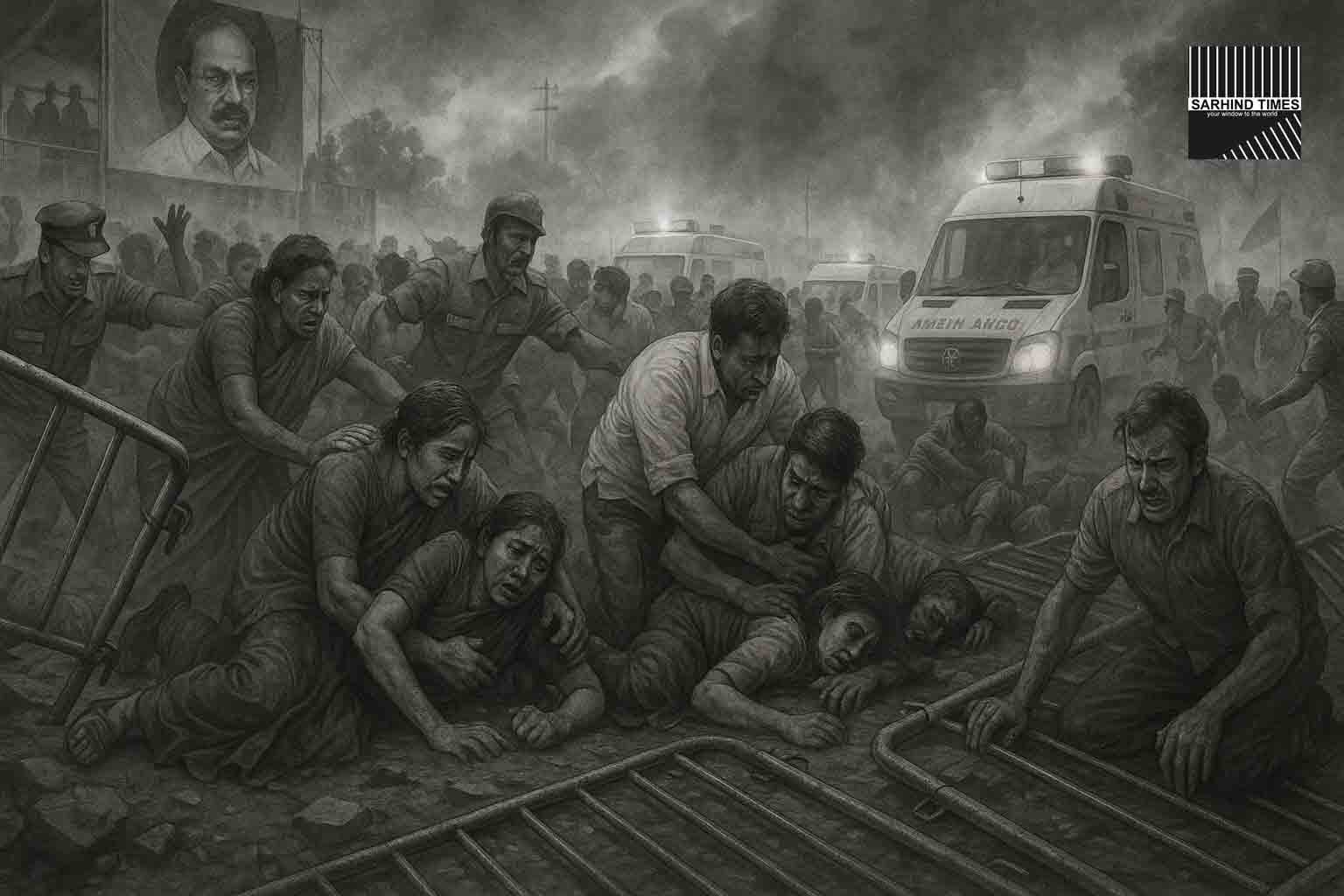
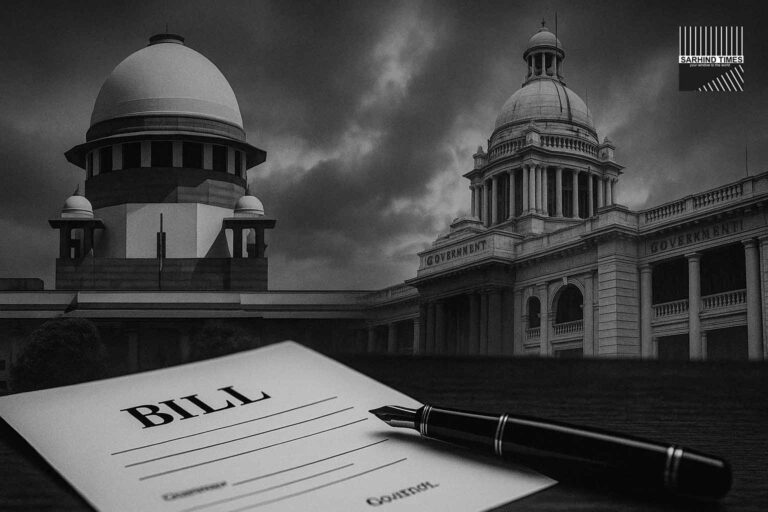
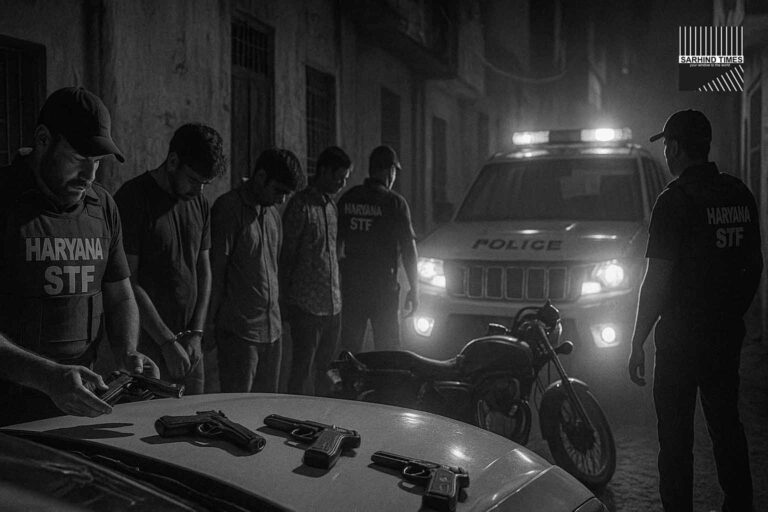
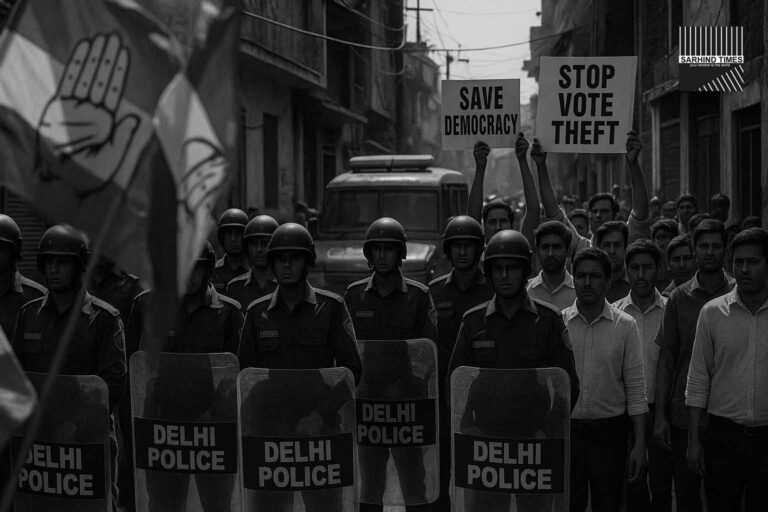



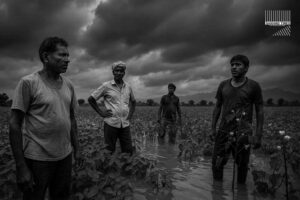






+ There are no comments
Add yours